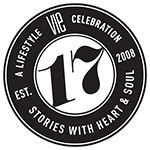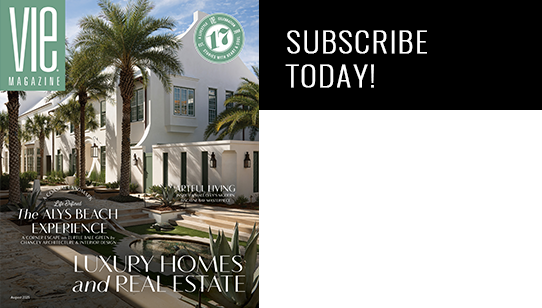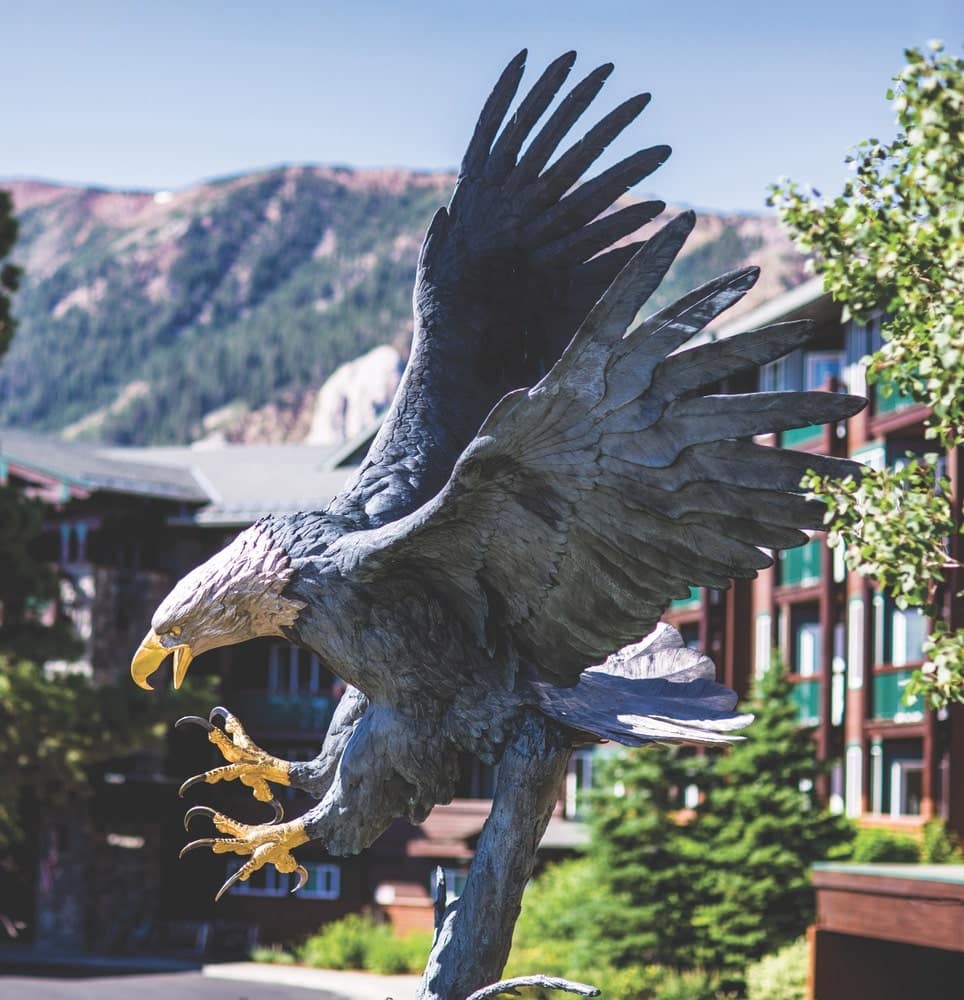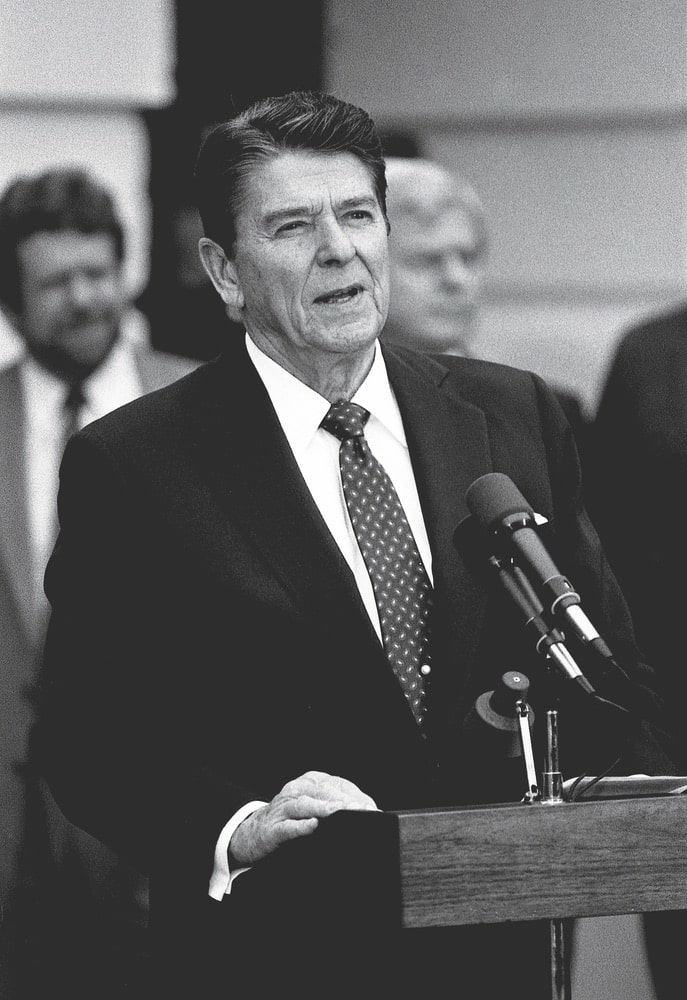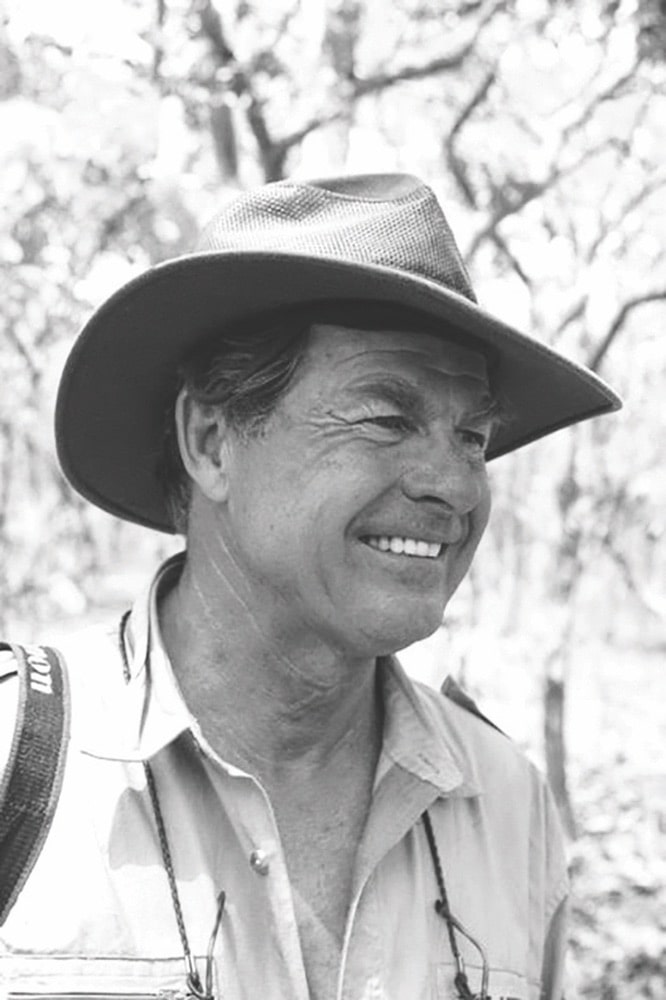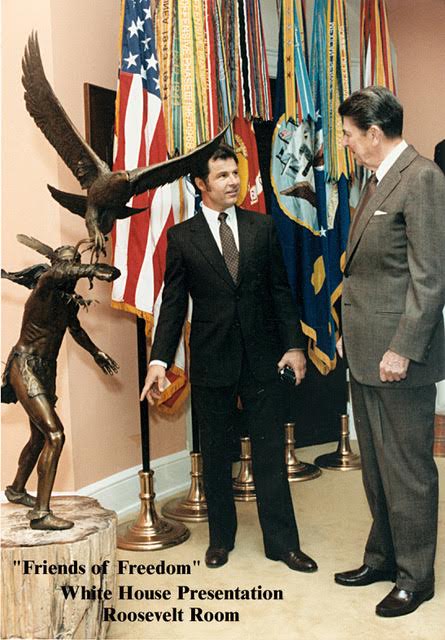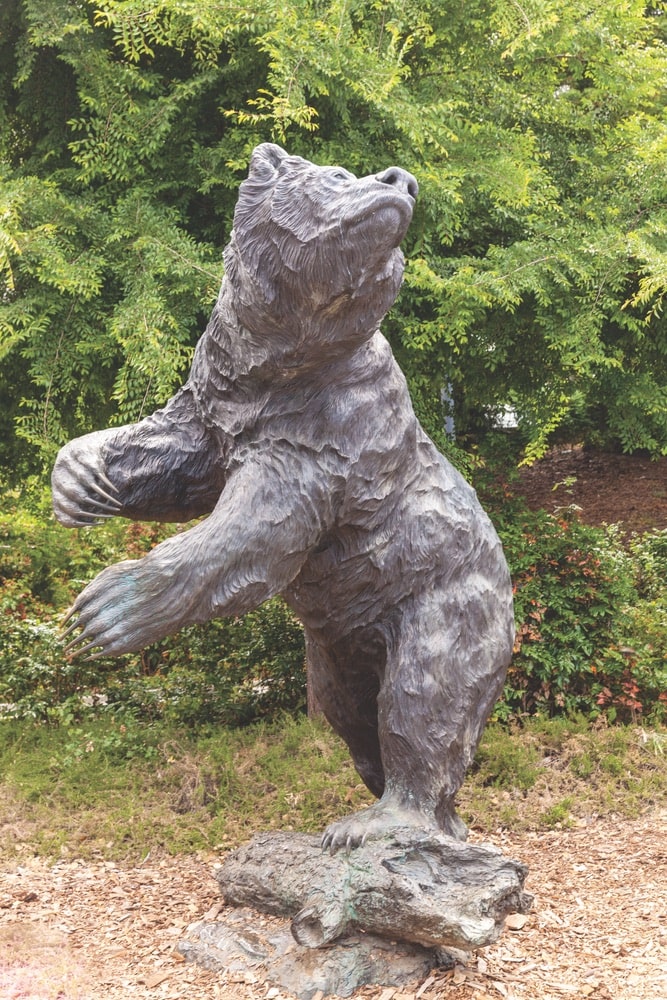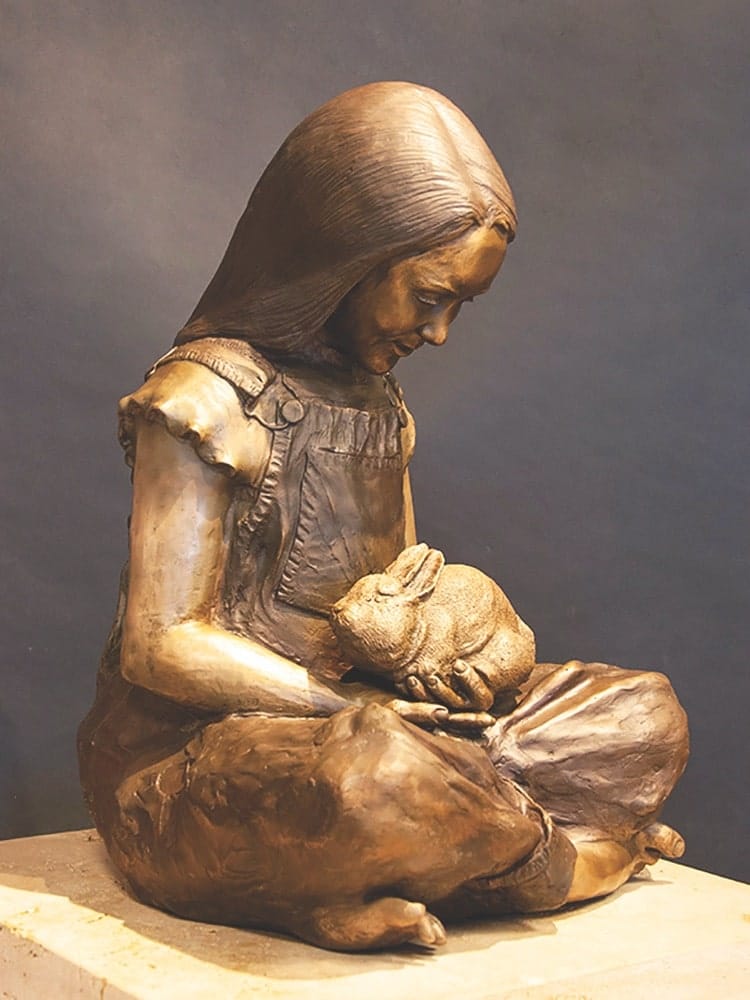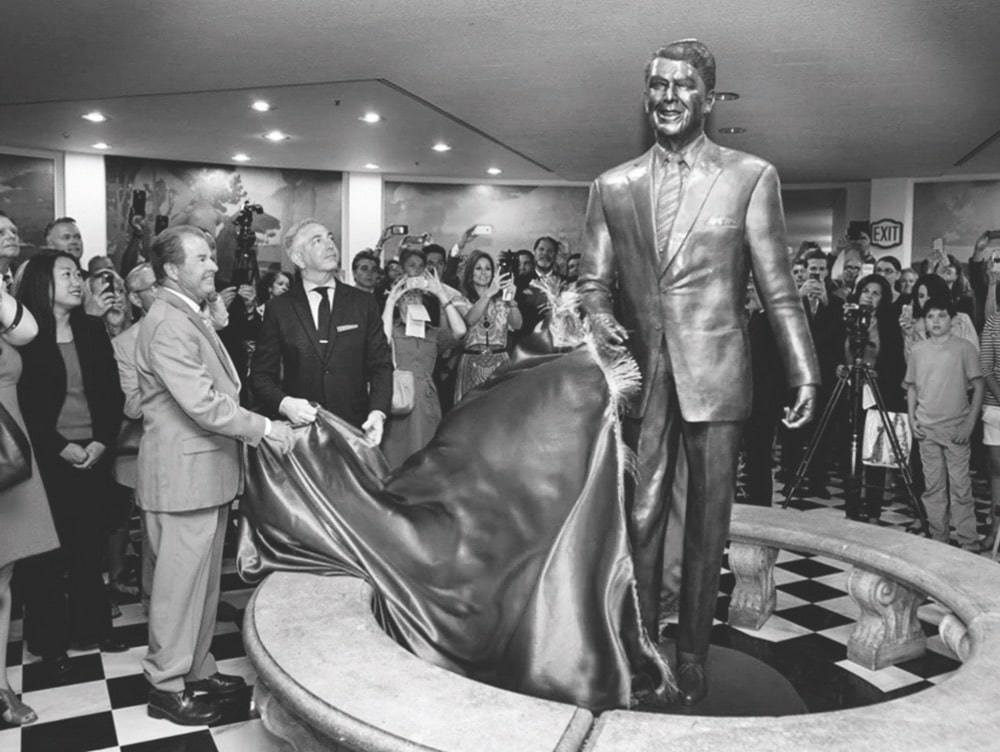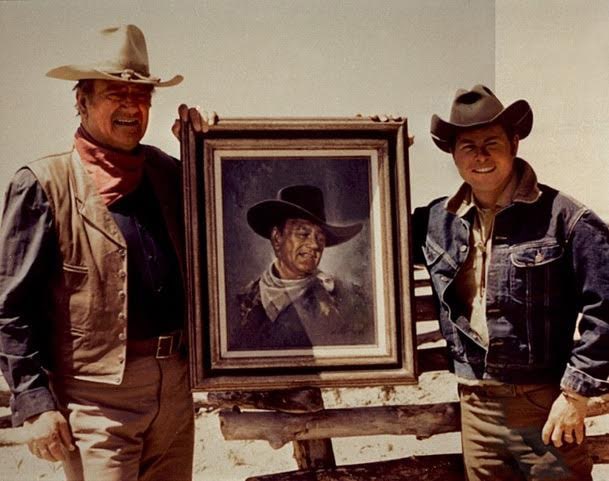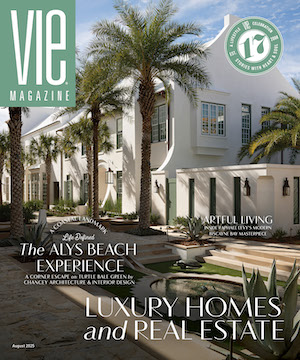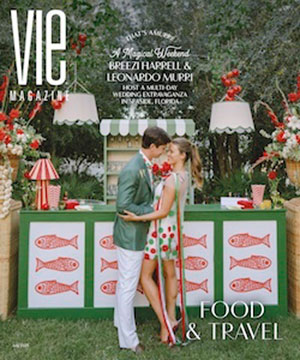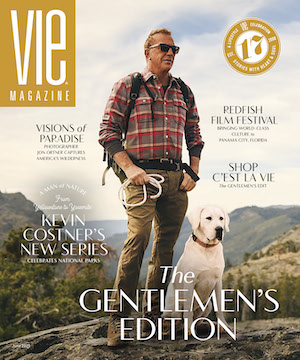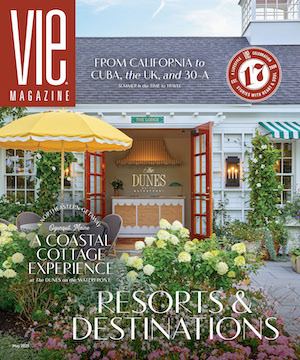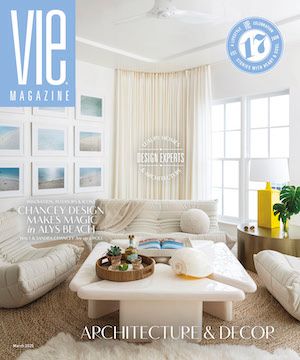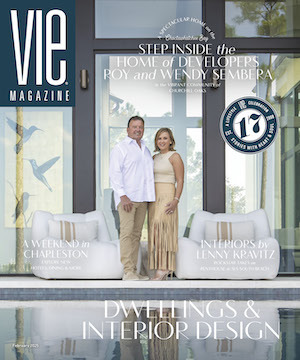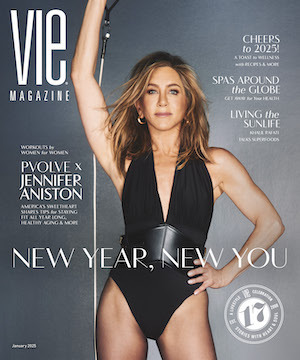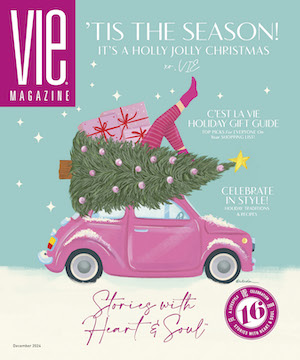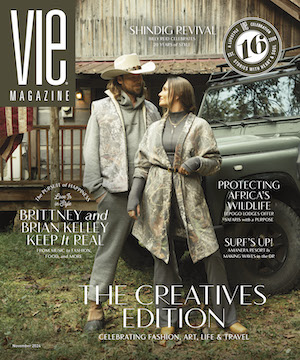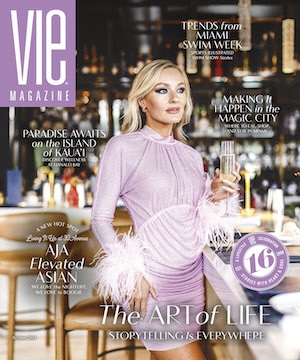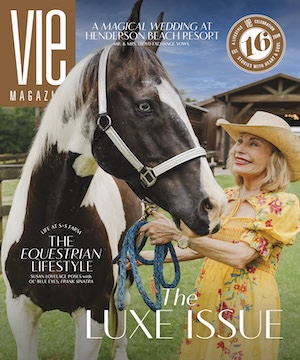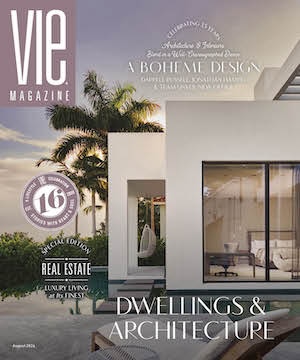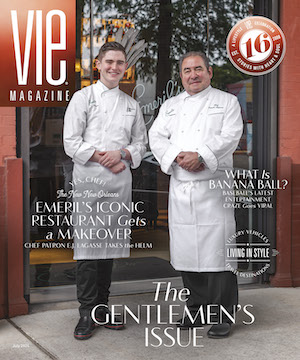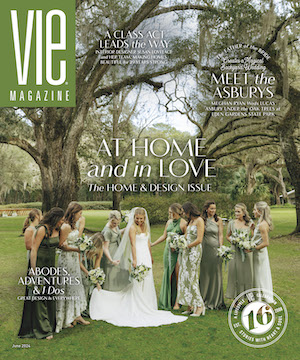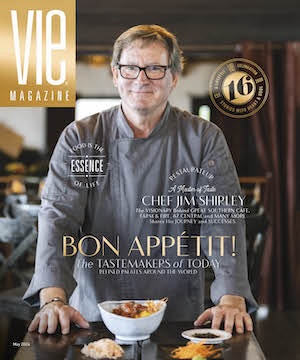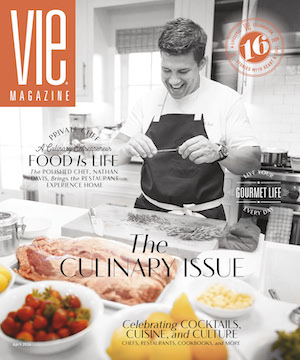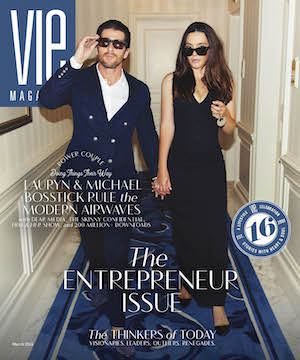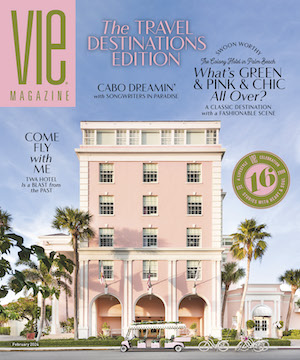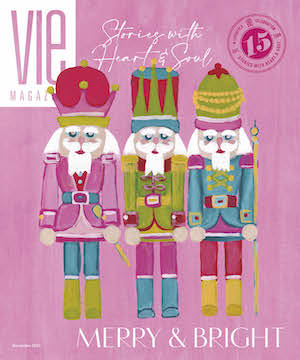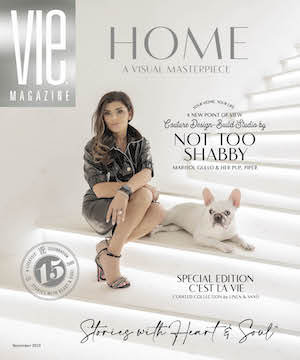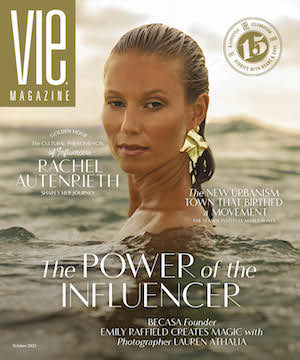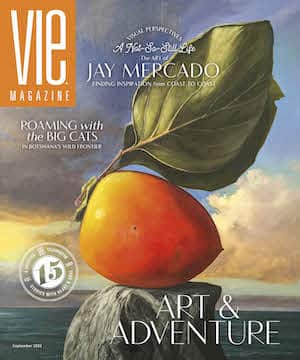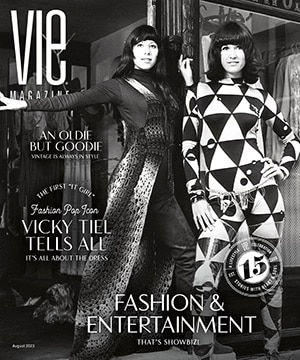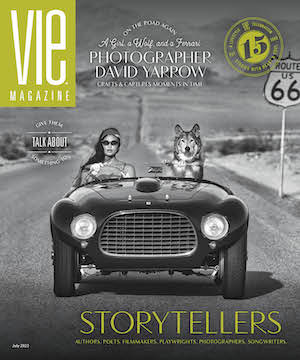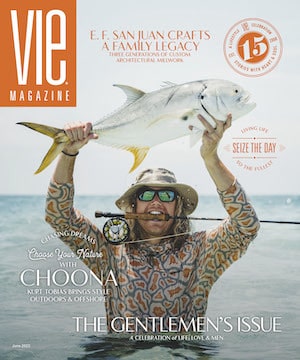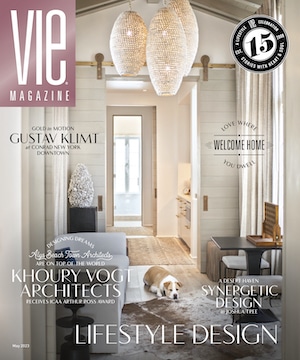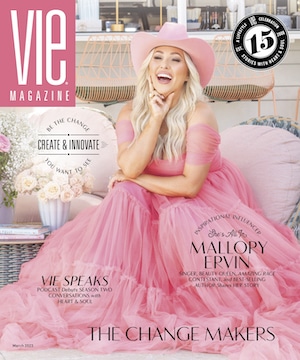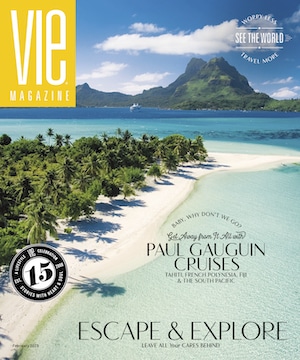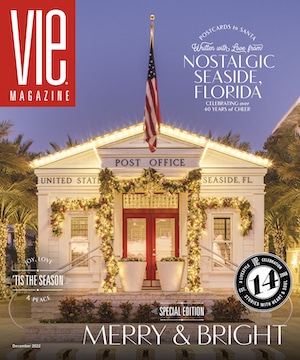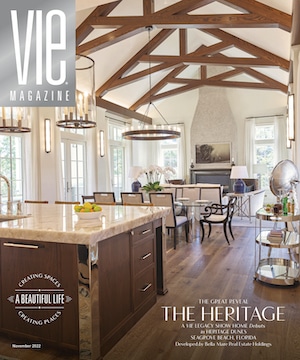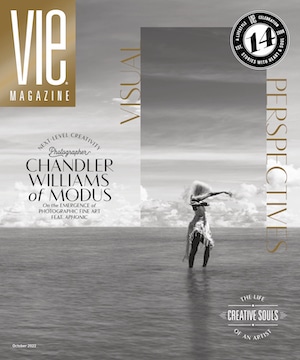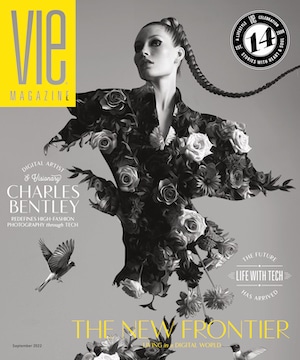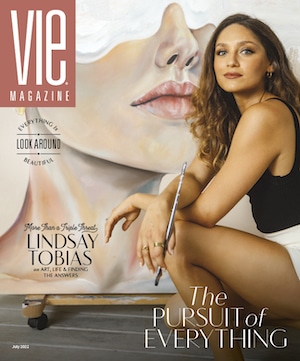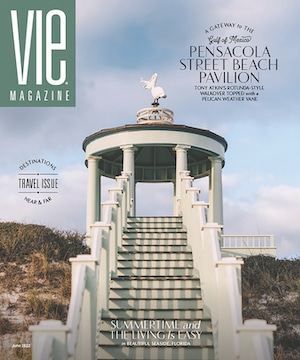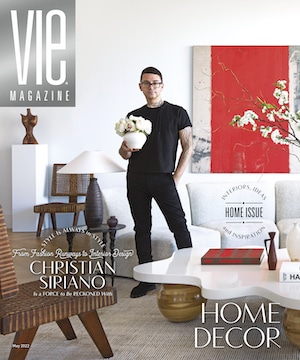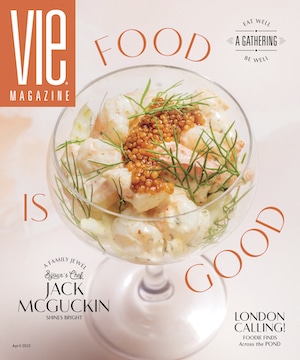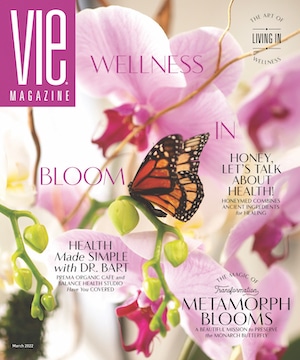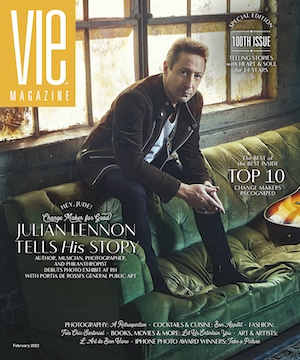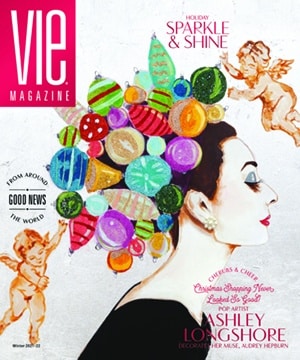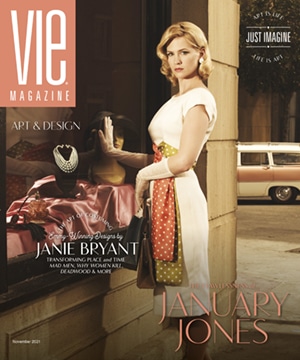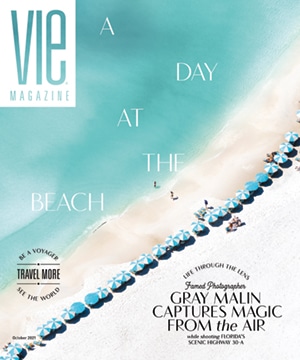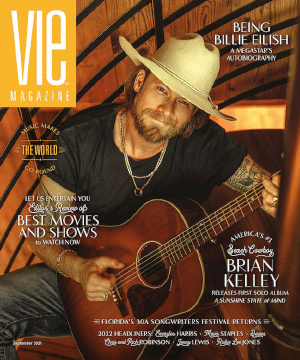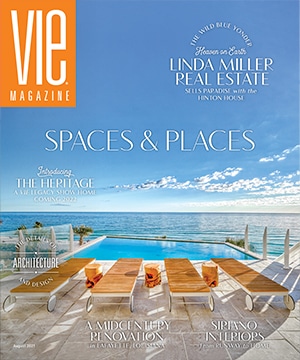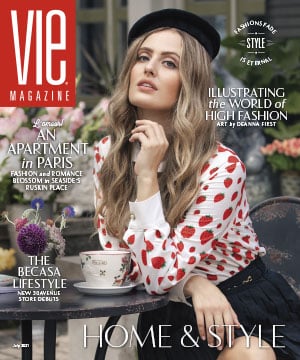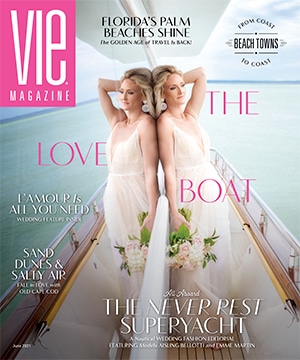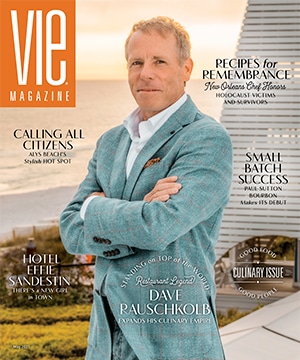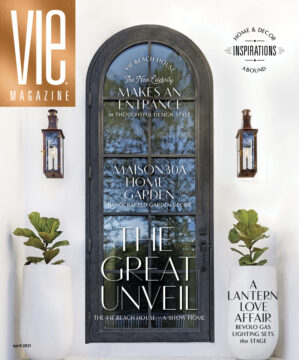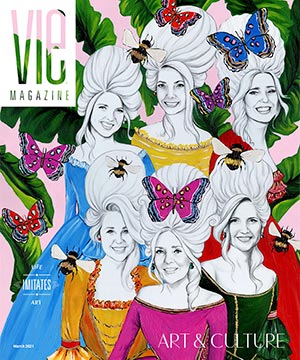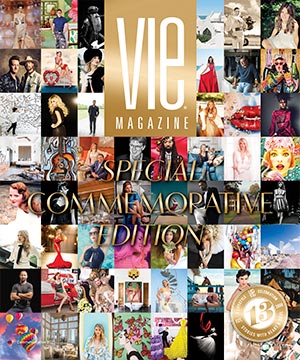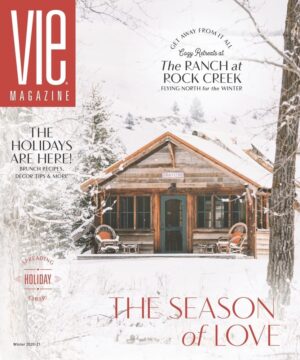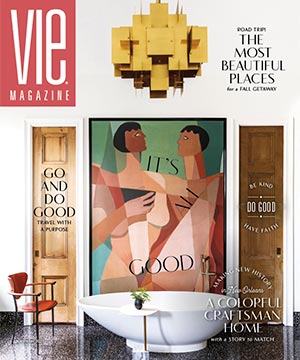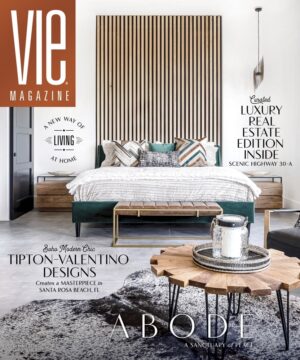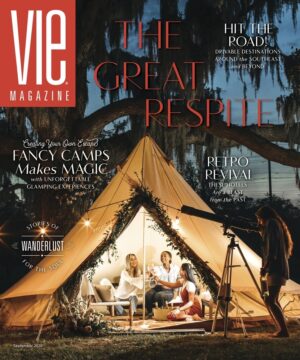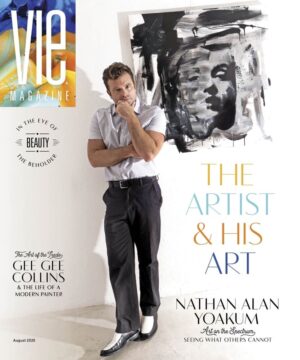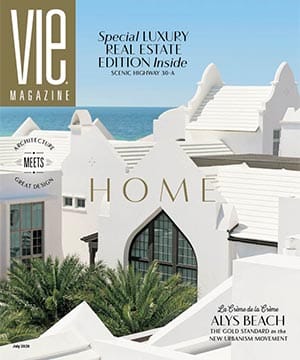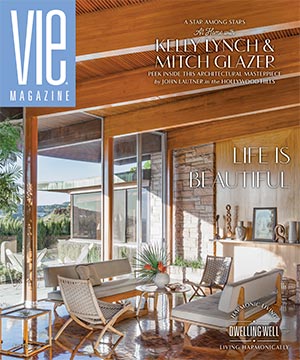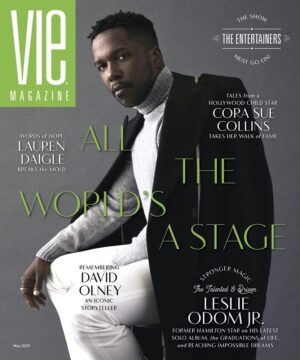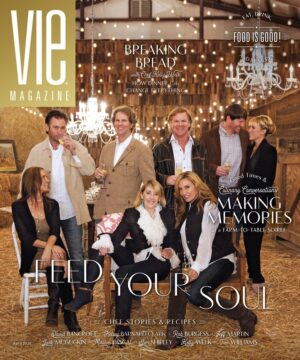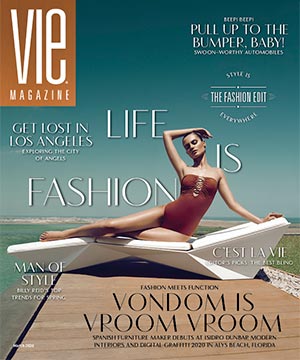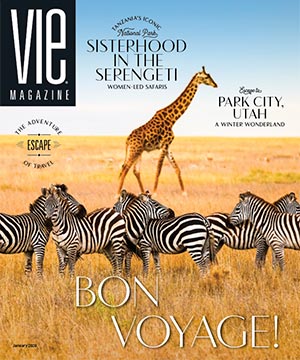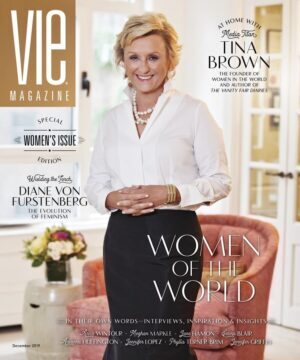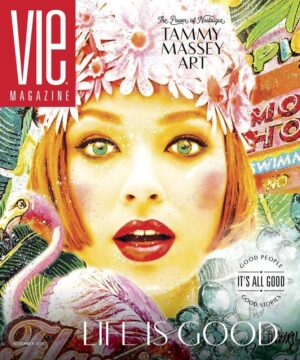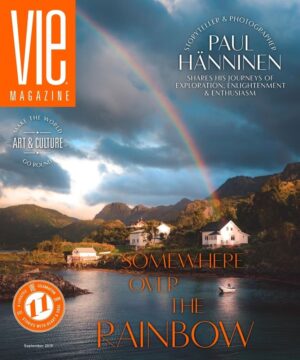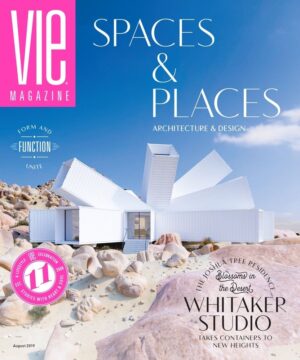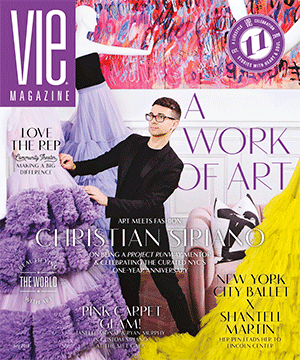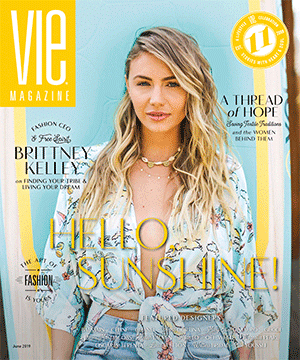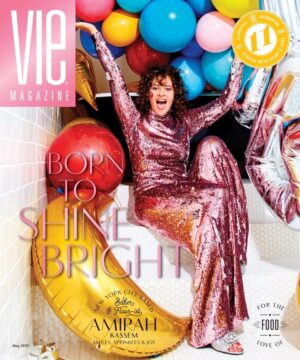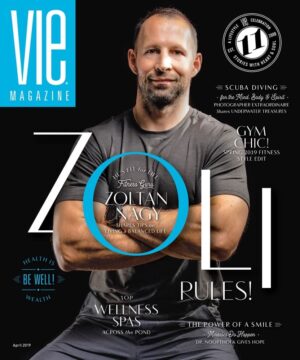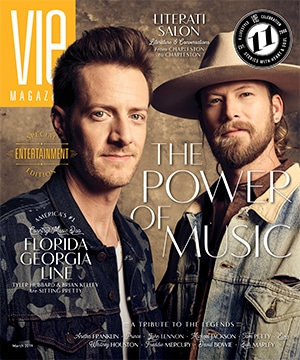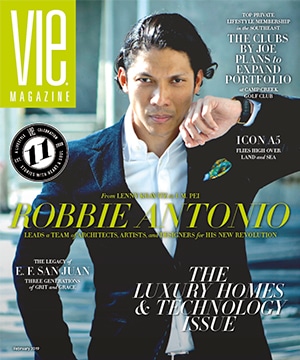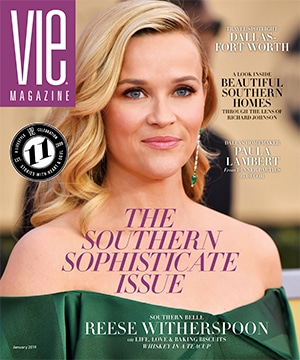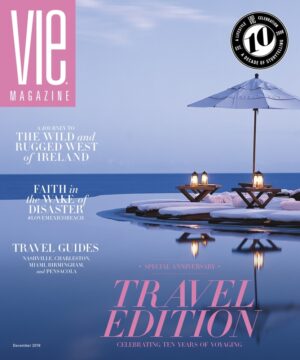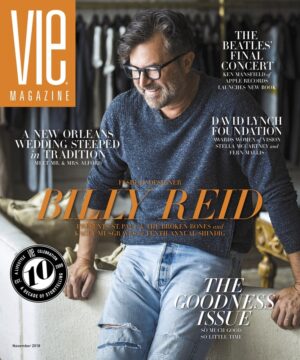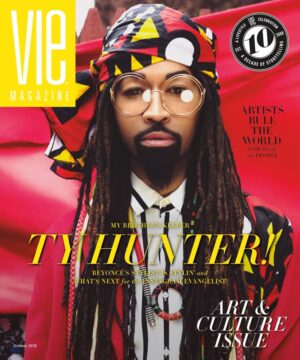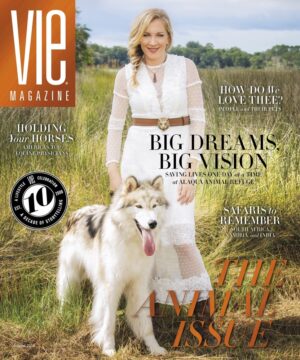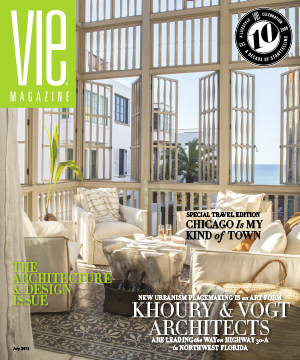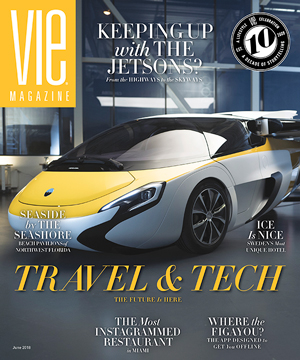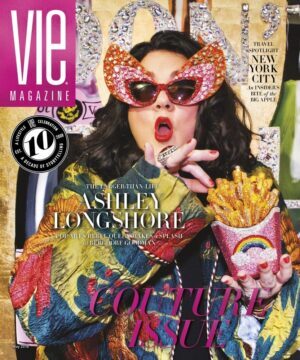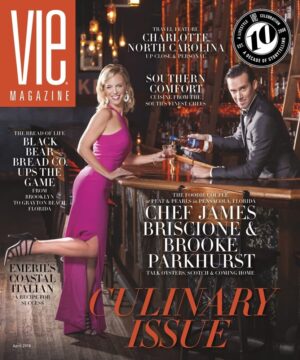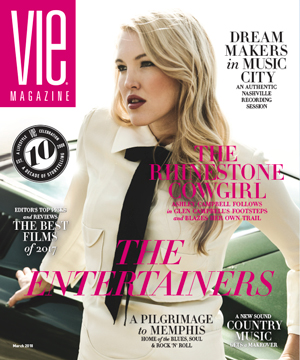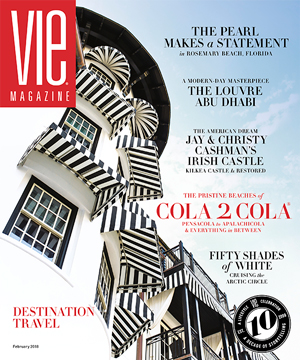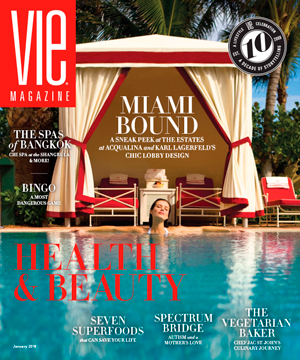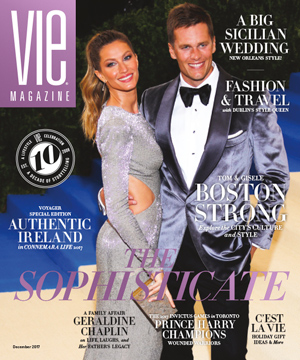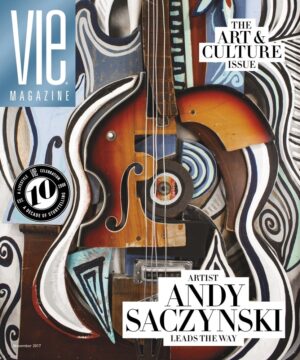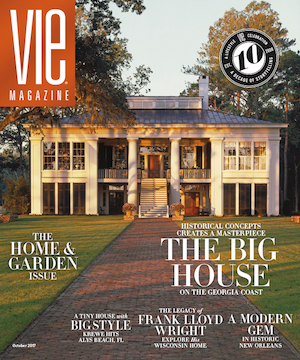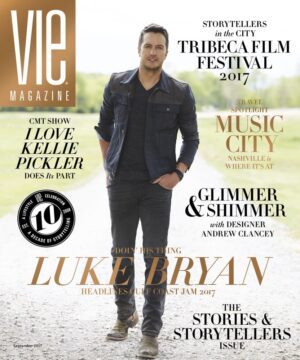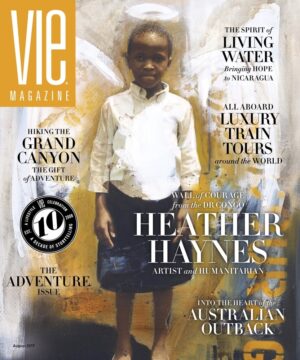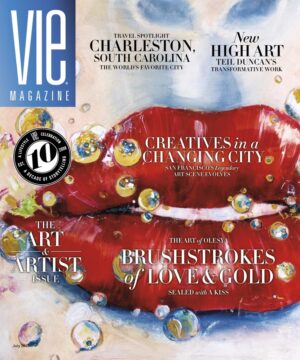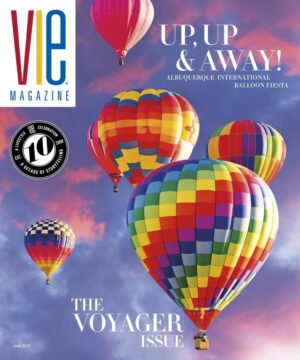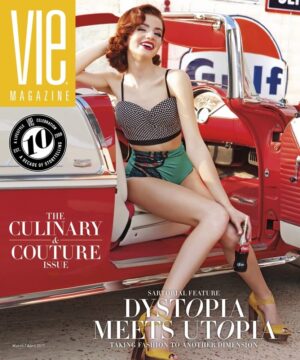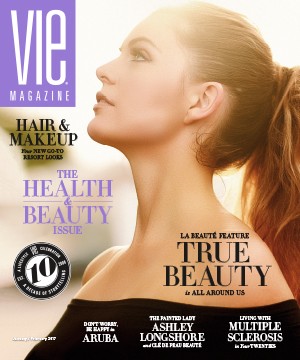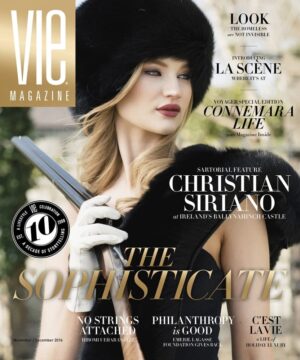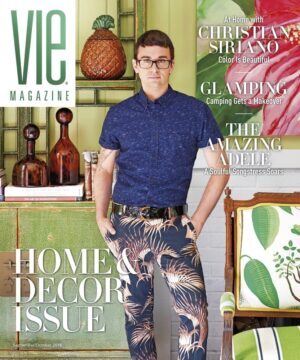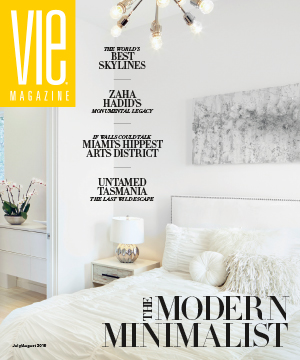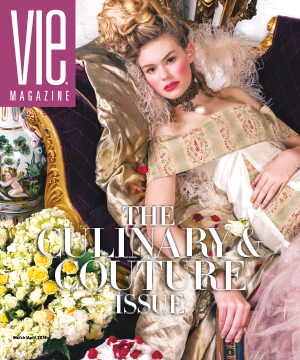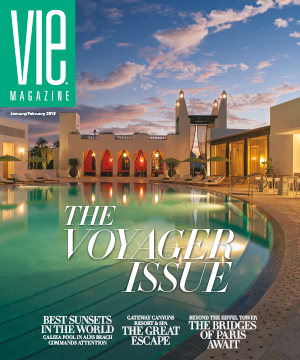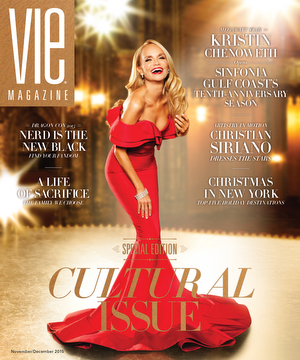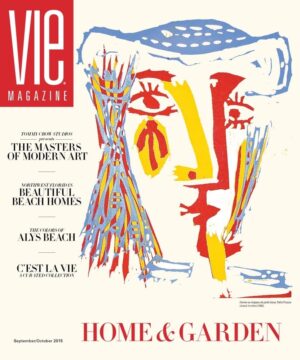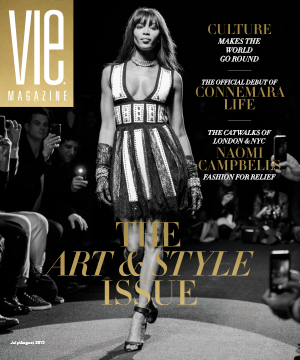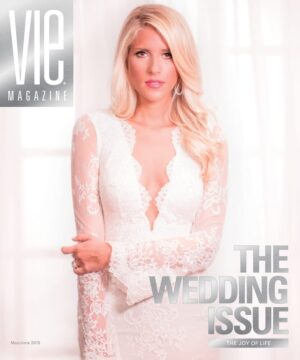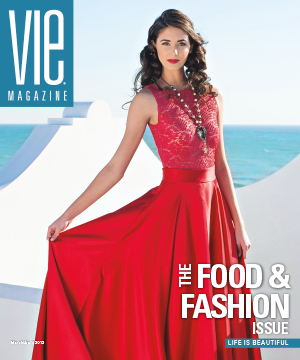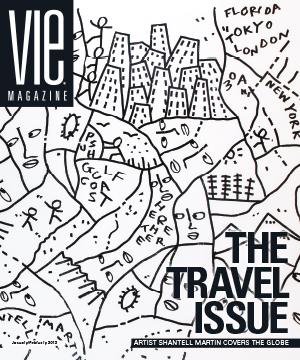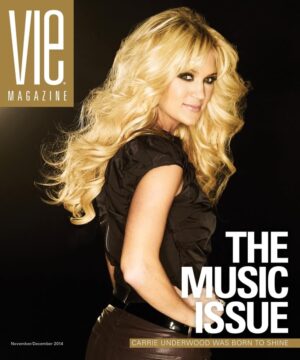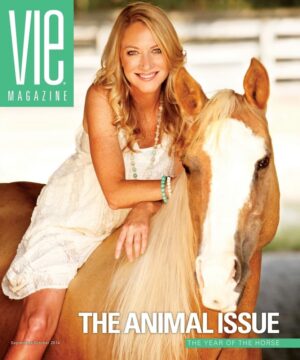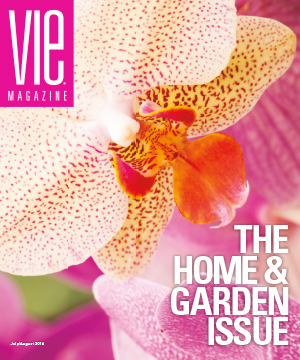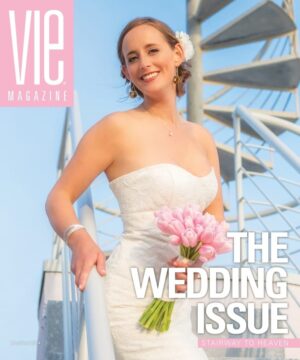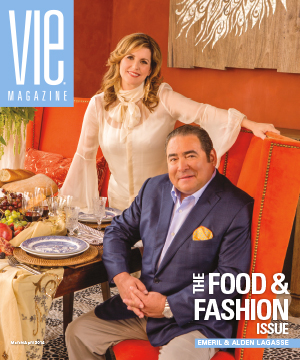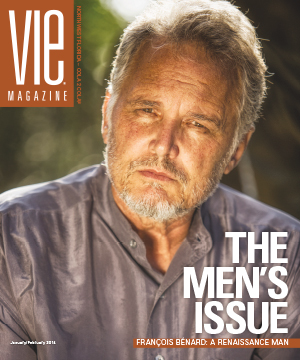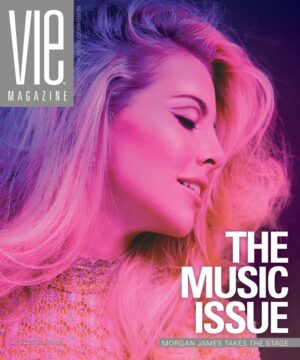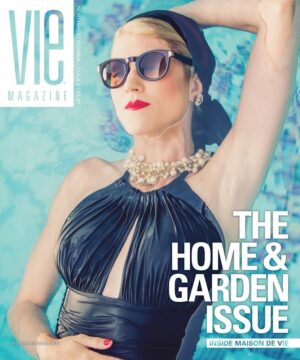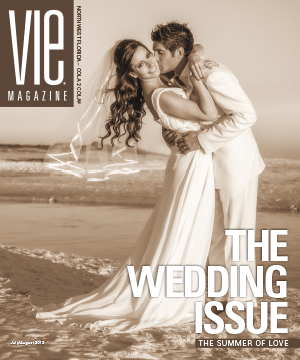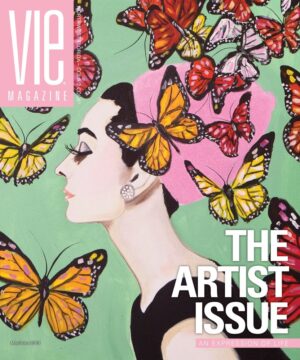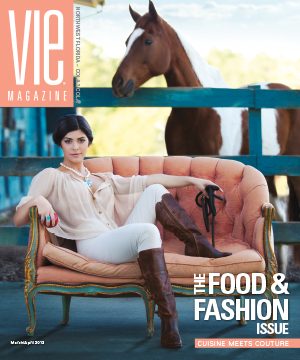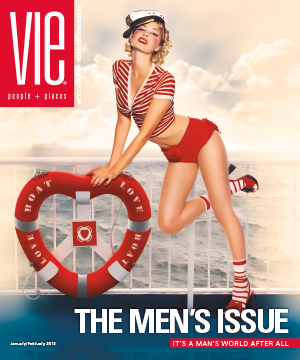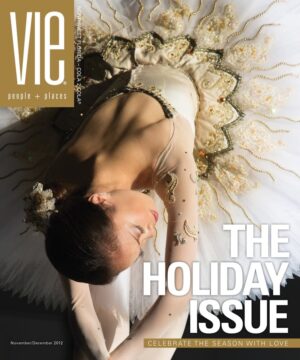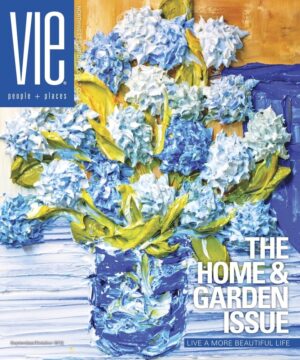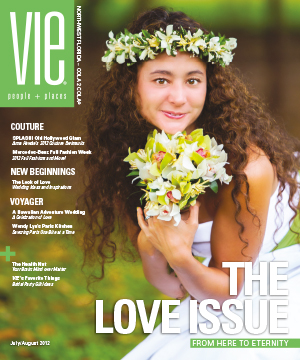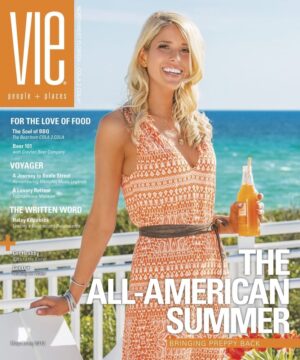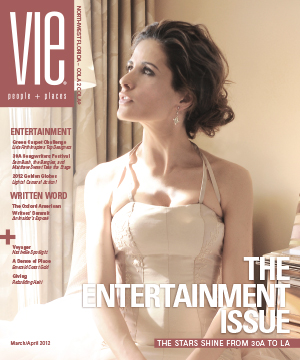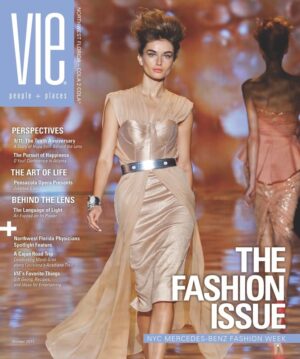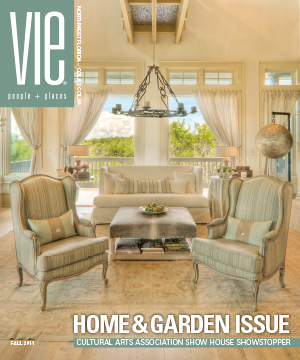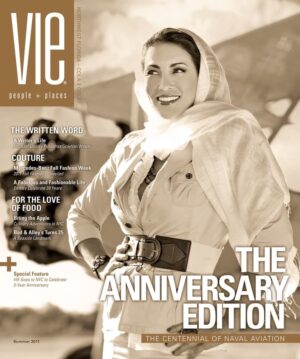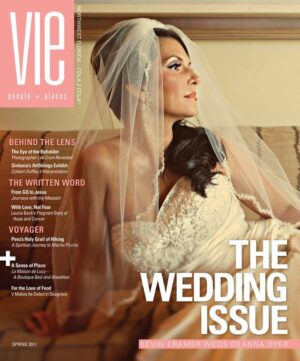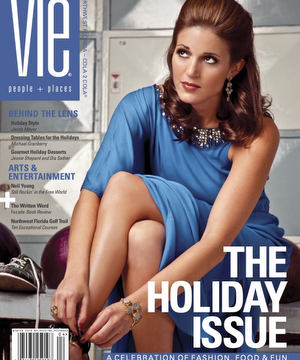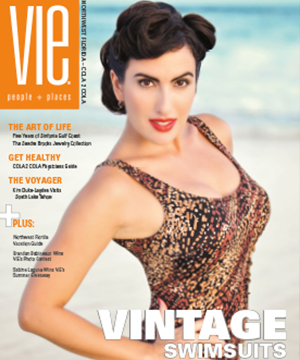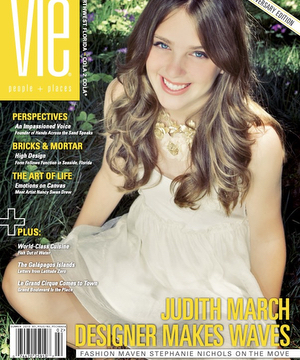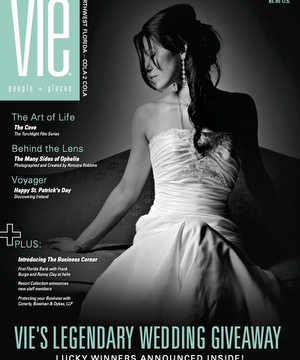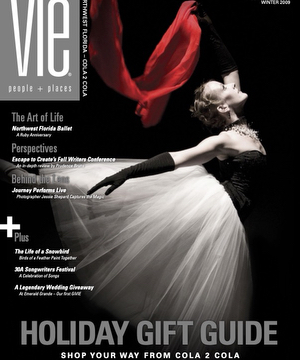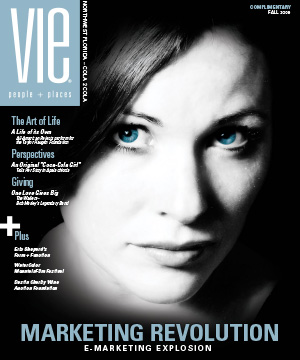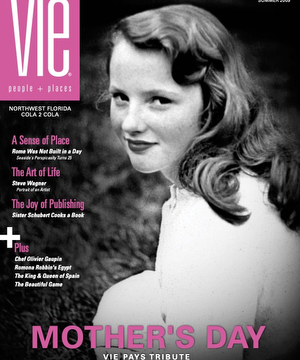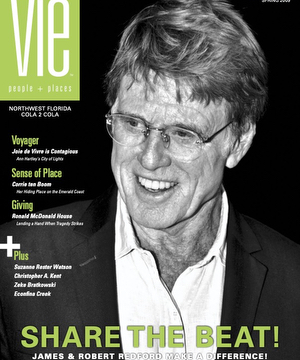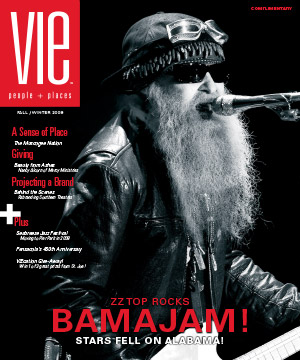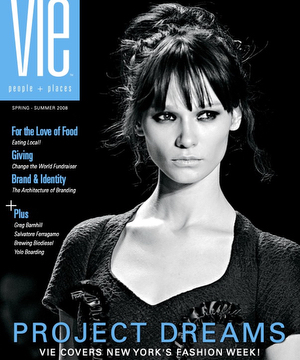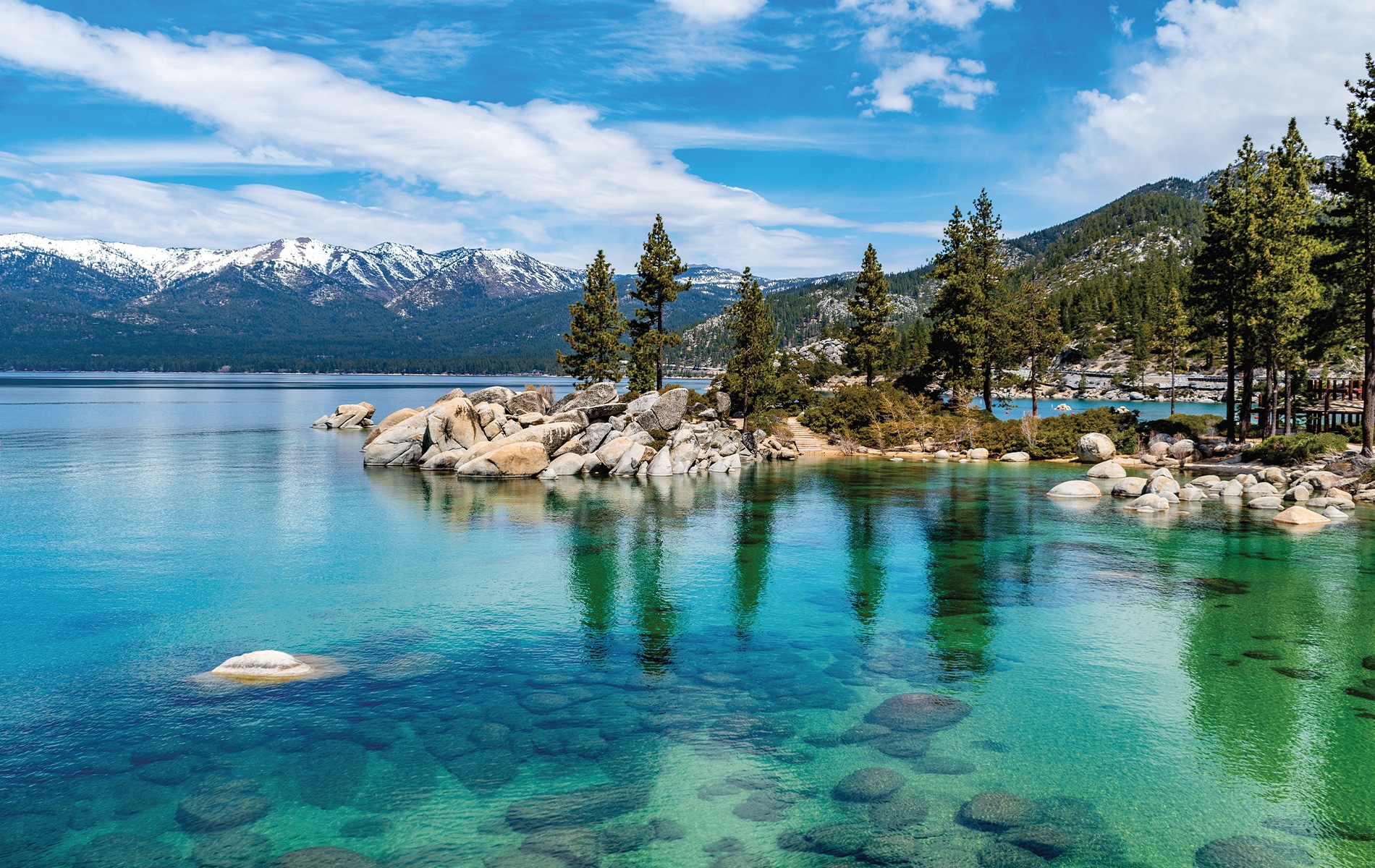
vie-magazine-douglas-van-howd-art-hero
Van Howd grew up near Lake Tahoe, where he fell in love with the landscapes and animals that are subjects for many of his paintings and sculptures.
Sculpting the Wonder of the Wild West
By Lyndie Prout
Living an exciting and creative life filled with art and travel is a blessing not many are afforded. American painter and sculptor Douglas Van Howd, now eighty-five, has experienced many unique opportunities throughout this beautiful world. As one of his four granddaughters, I have had the privilege of listening to his stories around the dinner table and being a part of his incredible life. He has shared memories of becoming the White House artist during Reagan’s presidency, laughing with John Wayne on the set of his cowboy movies, and presenting sculptures to international leaders—memories I will be proud to pass on to my future children and grandchildren.
My grandpa’s love of drawing manifested during his boyhood in Lake Tahoe, Nevada. He built a simple tree house in his backyard and set food out for various animals, luring them closer to sketch them on his notepad. “That’s when I decided I wanted to be a wildlife artist,” he has told me. But his talent took him on many paths before he became known for his oil paintings and bronze sculptures depicting America’s Wild West and its creatures. His first career opportunity was as an art director for an aircraft illustrating company. McDonnell Douglas (now Boeing) then hired him to paint murals inside thirteen of its DC-8 jetliners. Soon after that, the Aerospace Corporation formed a new company, and Grandpa joined their design team, earning much recognition for his artistry. His following job was with the National Field Archery Association, where he helped create the national Archery magazine.
- Wings of Freedom by Douglas Van Howd; bronze bald eagle monument with sixteen-foot wingspan at Mammoth Mountain Ski Area in Mammoth Lakes, California | Photo courtesy of Mammoth Mountain Ski Area
- President Ronald Reagan commissioned Douglas Van Howd to create an elephant sculpture for his presidential campaign and later to be his official White House artist in residence. | Photo by Mark Reinstein / Shutterstock
- Artist Douglas Van Howd | Photo courtesy of Douglas Van Howd Studios
- Artist Douglas Van Howd presents his sculpture “Friends of Freedom” to President Ronald Reagan | Photo courtesy of Van Howd Studios
During his time in that position, my grandpa’s work began to circle back to his love of nature and wildlife. His career took off as audiences were captivated by his depictions of the American landscape, its animals, and Native American culture. He opened what soon became a world-renowned art gallery in the center of downtown Redlands, California, and upheld it for ten years.
Four hundred companies saw his popularity rising and asked him to reproduce his prints for their storefronts. One of them, Petersen Publishing Company, bought him out, giving him a royalty on everything he created that they sold. It was the career opportunity of a lifetime, my grandpa has told me. With that money, he could live anywhere in the world. He agreed to the deal in 1971, packed up his family in the car, and traveled for three months searching for the right place to call home. It turns out that place wasn’t far from Lake Tahoe, after all—they landed in Auburn, California, where my grandparents have resided since 1972.
They began attending church in this historic Gold Rush mining town, where a woman prophesied over Grandpa, telling him that he would make little sculptures and that his work would be immensely blessed. She said he would go before presidents, kings, queens, and other royalty.
- The General II by Douglas Van Howd; bronze grizzly bear sculpture on the campus of University of California, Berkeley | Photo by RussellStreet / Flickr
- Baylee’s Bunny by Douglas Van Howd; life-size bronze sculpture inspired by Van Howd’s youngest granddaughter | Photo courtesy of Douglas Van Howd Studios
Of course, hearing these proclamations from someone he barely knew made them hard to believe. But the very next morning, he received a call from the president of the Mzuri Foundation, a well-known wildlife preservation association based in California. They asked if my grandpa could create several small lion sculptures to be given to the speakers at their largest annual conference, which he happily did. The crowd’s recognition from the event resulted in his art business booming even more, and one of the speakers who received a lion happened to be the governor of California at the time—Ronald Reagan.
In 1980, Reagan asked my grandpa to be part of his campaign for President of the United States, and he happily agreed. Because an elephant is the Republican party’s symbol, Grandpa sculpted an African elephant, which Reagan signed in the mold. He created fifty elephant sculptures from that single mold, and a portion of the sales went toward Reagan’s presidential campaign. Grandpa explained to me what an exciting moment it was when Reagan was elected president in 1981; he even attended the inauguration, where he presented Reagan with a portrait he painted on an inaugural plate.
Once President Ronald Reagan was sworn into office, he asked Douglas Van Howd to be his personal White House artist—an extreme honor that Grandpa accepted immediately. He went to D.C. to meet with the president about creating a piece for Reagan’s personal library and prints for all the secretaries’ offices. This undertaking opened doors to more grand opportunities; for the next eight years, my grandpa, along with my mother and grandma, traveled the world creating and presenting artwork for kings, queens, and other royalty, just as the woman at church had prophesied.
The crowd’s recognition from the event resulted in his art business booming even more, and one of the speakers who received a lion happened to be the governor of California at the time—Ronald Reagan.
The Queen of the Netherlands was one of those royal connections. When the United States celebrated two hundred years of friendship with the Netherlands, the queen planned a visit to her favorite place in America, Yellowstone Falls. My grandpa told me that because it was her favorite, he made her a painting of the Falls, which was unveiled in Washington. In return for this gift, the queen presented him with some commemorative gold coins celebrating the anniversary, and he still cherishes them to this day.
The president of Taiwan was also on the long list of acquaintances my grandpa made thanks to his art. Chiang Ching-kuo was a collector of art depicting seagulls; thus, my grandpa felt it appropriate to make this president a silver seagull riding a wave, carved from Wyoming jade. After Chiang died in 1988, my grandpa returned to present a piece to the new president, Lee Teng-hui. He later created a tiger for the Taiwanese president from 2008 to 2016, Ma Ying-jeou. When Grandpa told me this story, he said it was quite a coincidence because Ma had been his interpreter when he met both Chiang and Lee.
Once Reagan left office, my grandpa’s White House art pieces retired to the Ronald Reagan Presidential Library and Museum in Simi Valley, California, and are still there for visitors to enjoy. In 2015, he created an eight-foot sculpture of Ronald Reagan for the California State Capitol Museum in Sacramento. I was in my senior year of high school when he explained that installing the sculpture would be a historical event, and our family was invited to the big unveiling. You can still visit the statue in the capitol’s rotunda.
- Douglas Van Howd unveils his sculpture of President Ronald Reagan at the California State Capitol Museum in Sacramento. | Photo courtesy of Douglas Van Howd Studios
- Actor John Wayne with his friend artist Douglas Van Howd on set | Photo courtesy of Van Howd Studios
As most people know, before Reagan entered his political career, he was a Hollywood actor. He also happened to be friends with perhaps the most famous cowboy actor of all-time, John Wayne. My grandpa became great friends with Wayne, as well. He lights up when he tells “a Wayne story” because they had a special bond. He has told me he was invited to movie sets to watch from behind the scenes and even helped John Wayne practice his lines. Their friendship inspired Grandpa to paint a portrait of Wayne’s in his cowboy attire and gift it to him. “I have a lot of photographs with John, but I didn’t want to bug him with signing anything,” Grandpa told me. “At the time, he was narrating a movie about me, and that was so great that I did not want to impose on him with anything else. Looking back on it now, I wish I had him sign my cowboy hat; that would have been nice to have.” Sadly, cancer took Wayne’s life before the movie about my grandpa came out, along with Gene Autry, who was also working on the project. Grandpa holds onto the nine hours of footage and still hopes it will be converted into a documentary one day.
Meeting Jimmy Doolittle, a fighter pilot from World War II, was also one of my grandpa’s most memorable experiences. The war had significantly affected his life, with his father and uncles all overseas fighting when he was young. Grandpa has described to me just how great an impact this had on him. With this in mind, in 2016, he sculpted a life-size piece of Bud Anderson, a triple ace pilot, to honor him and other World War II heroes. My family attended the unveiling and sculpture dedication at the Auburn Airport in Northern California, where it still stands.
Douglas Van Howd has lived an exceedingly full life, with God and nature always leading the way. He is incredibly humble and will tell anyone how highly blessed he has been. As a proud granddaughter, I love sharing his life with others. It’s sometimes hard to believe that I call such a well-known man “Grandpa,” and as we sit around the dinner table tonight with his favorite bottle of red wine, I’ll soak in even more of his memories.
— V —
Visit DouglasVanHowd.com or Van Howd Studios in Auburn, California, to learn more.
Share This Story!
KEEP UP WITH THE LATEST STORIES FROM VIE
